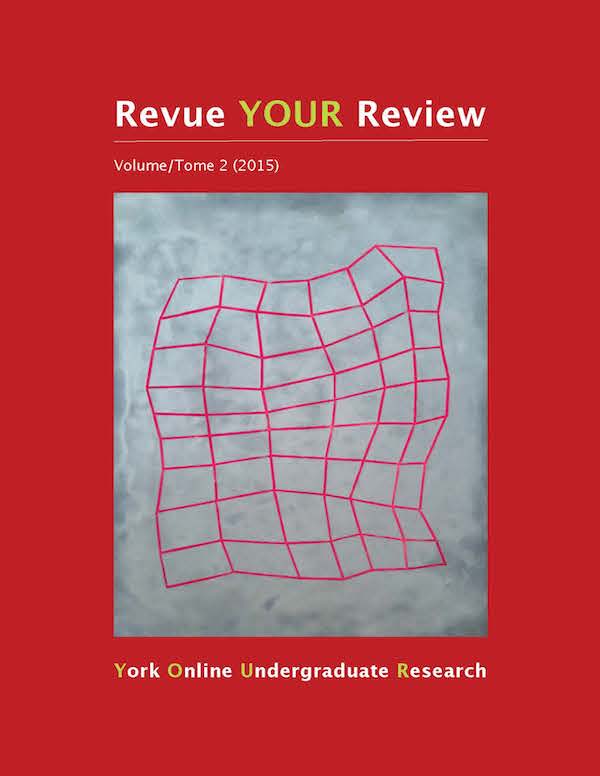Differences in the Relationship and Interaction Between Goldenrod Plants and Their Inhibitors in Varying Habitats and Locations
Abstract
There are many complex interactions between organisms in an ecosystem. This experiment focused on the interactions between the Goldenrod plant, its gall inducer, the Eurosta solidaginis larva and its enemies, the Eurytoma gigantea, Eurytoma obtusiventris, and Morellistena unicomor. The study was done in four sites north of Toronto: Minesing (ditch), Minesing (uphill), Glengarry Notch, and North Glengarry. A total of 15 samples were analyzed for their relationship between plant density and number of galls; the correlation between the height of the plant and the number of galls; the differences in the size of galls that had one gall and multiple galls; and the differences in the size of galls between Eurosta larva and Eurytoma larva. It was found that the number of galls increases with increase in plant density, since the induction of galls increases stem production in plants. The number of galls significantly varied between habitat and soil texture. The height of the plant decreased with increasing gall numbers, due to the damage caused by gall induction. However, this factor was also explained by low availability of resources and presence of high levels of competition in the habitat. The size of the galls were bigger in plants that had multiple galls, due to the host’s stress tolerability encoded by genotype; the less stress-tolerant plants were rejected by the gall-inducing insects. Finally, the gall size was determined through a balancing selection between the small gall size preferred by the Eurytoma and the large gall sizes that were more susceptible to predation by birds.
Downloads
How to Cite
Issue
Section
License
Authors contributing to Revue YOUR Review agree to release their articles under one of three Creative Commons licenses: Creative Commons Attribution 4.0 International; Creative Commons Attribution-NonCommercial 4.0 International; or Creative Commons Attribution-NoDerivatives 4.0 International. All editorial content, posters, and abstracts on this site are licensed under Creative Commons Attribution-NoDerivatives 4.0 International. For further information about each license, see:
https://creativecommons.org/licenses/
In all cases, authors retain copyright of their work and grant the e-journal right of first publication. Authors are able to enter into other contractual arrangements for the non-exclusive distribution of the e-journal's published version of the article (e.g., post it to an institutional repository or publish it in a book or in another journal), with an acknowledgement of its initial publication in this e-journal.


